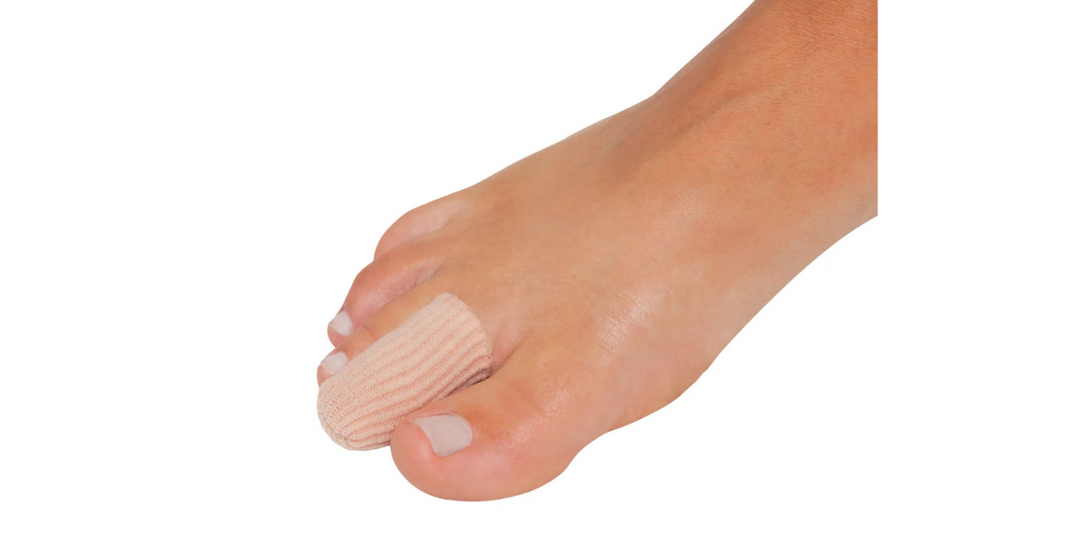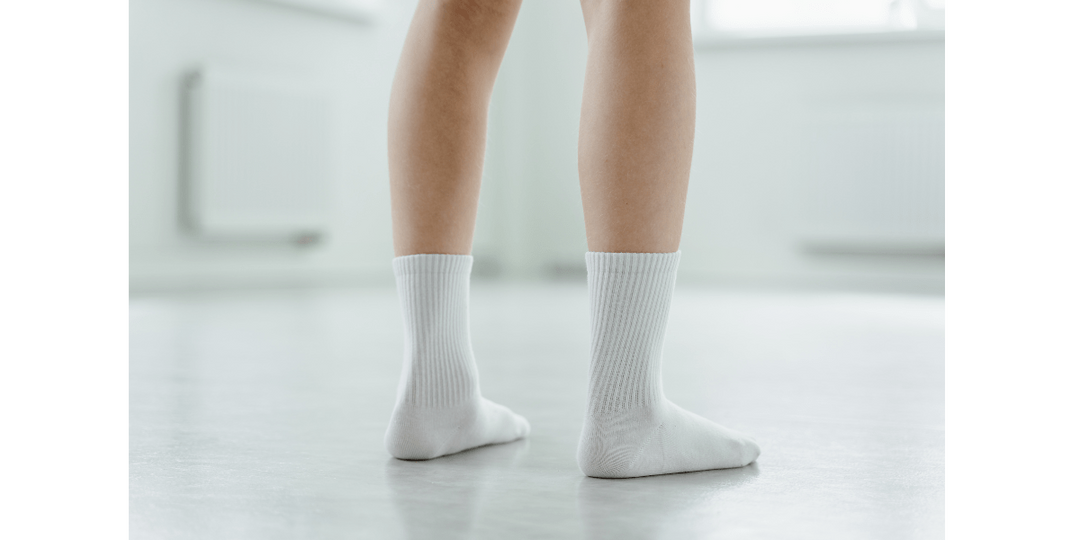Understanding Ball of Foot Pain: Causes, Symptoms, and Treatment
Understanding Ball of Foot Pain: Causes, Symptoms, and Treatment
1. Cause of Ball of Foot Pain
Ball of foot pain, also known as metatarsalgia, is a common condition that can arise from various factors. Here are the primary causes:
Overuse and High-Impact Activities: Repetitive stress from activities like running, jumping, or dancing can strain the metatarsal bones and surrounding tissues, leading to pain.
Footwear: Wearing high heels, poorly fitting shoes, or shoes without proper arch support can increase pressure on the ball of the foot.
Foot Structure: Certain foot shapes, such as high arches, flat feet, or having a longer second toe, can predispose individuals to metatarsalgia.
Medical Conditions: Conditions such as arthritis, diabetes, and gout can cause inflammation and pain in the ball of the foot.Injury:
Acute injuries, stress fractures, or prolonged periods of standing or walking can contribute to discomfort.
Excess Weight: Carrying extra weight puts additional pressure on the forefoot, increasing the likelihood of pain.
2. Symptoms of Ball of Foot Pain
The symptoms of ball of foot pain can vary in intensity and may include:Sharp, Aching, or Burning Pain: Pain is usually felt in the ball of the foot, which can be sharp, throbbing, or burning.
Pain That Worsens with Activity: Activities like walking, running, or standing for long periods can exacerbate the pain.
Swelling and Inflammation: The affected area may become swollen or inflamed.
Numbness or Tingling: Some individuals may experience numbness or a tingling sensation in their toes.
Feeling of a Pebble in the Shoe: Many describe the sensation as if they are walking on a small stone or pebble.
Callouses: Thickened skin may develop over the affected area due to constant pressure.
3. How is Ball of Foot Pain Treated?
Treating ball of foot pain involves a combination of self-care measures, medical interventions, and preventive strategies. Here are the primary treatment options:
Rest and Ice: Resting the foot and applying ice can help reduce inflammation and pain.
Footwear Modifications: Switching to shoes with a wide toe box, low heels, and proper arch support can alleviate pressure on the ball of the foot.
Orthotic Inserts: Custom or over-the-counter orthotic inserts can provide additional support and cushioning, redistributing pressure away from the metatarsal bones.
Physical Therapy: Strengthening and stretching exercises can improve foot function and alleviate pain. Physical therapists may also recommend specific exercises to enhance foot mechanics.
Weight Management: Maintaining a healthy weight reduces the pressure on the feet and can prevent further pain.
Activity Modification: Reducing or modifying high-impact activities can prevent further strain on the ball of the foot.
Padding and Taping: Metatarsal pads or foot taping can provide additional cushioning and support.Injections: In severe cases, corticosteroid injections may be used to reduce inflammation and pain.
Surgery: If conservative treatments fail, surgical options may be considered to address underlying structural issues or remove problematic tissue.
By understanding the causes, symptoms, and treatment options for ball of foot pain, individuals can take proactive steps to manage their condition and improve their overall foot health. If pain persists or worsens, consulting a healthcare professional or podiatrist is essential for a comprehensive evaluation and personalized treatment plan.









Leave a comment